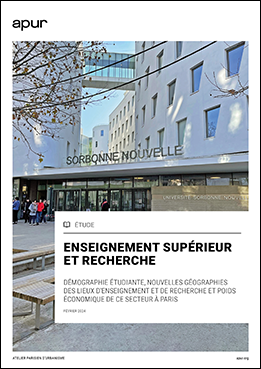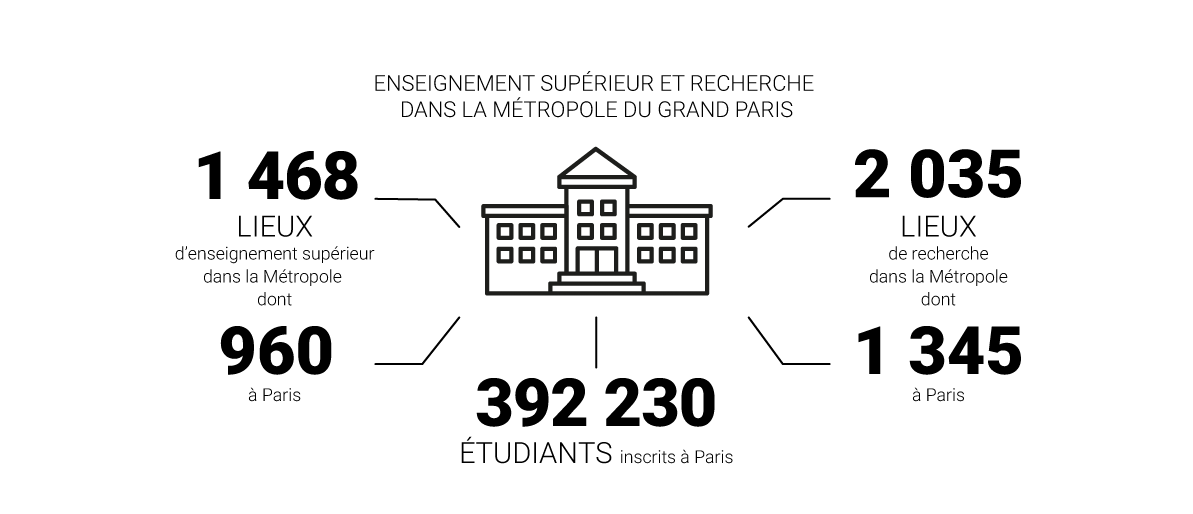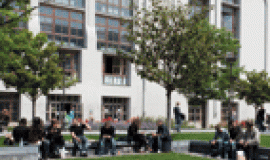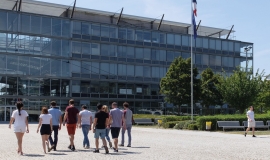Each year for the past 20 years, the Greater Paris - Grand Paris Metropolis - has attracted an average of 7,300 new students. Who are these students? Where do they come from? Where do they study? What municipal communes do they live in? How much does higher education in Paris contribute to the economy?
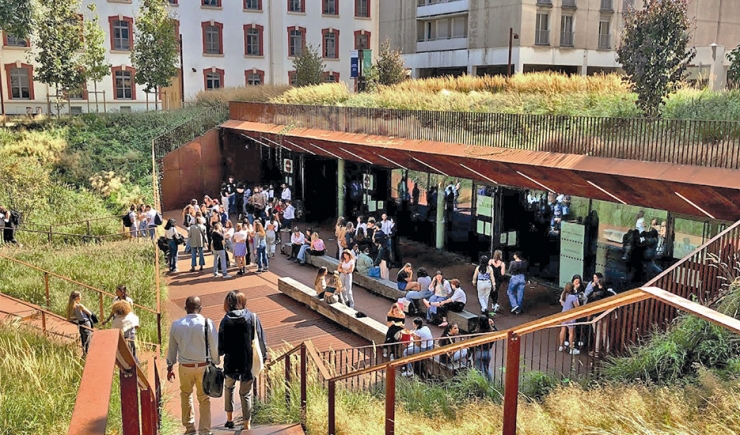
This study on “Higher Education and Research” gives an overview of the student situation in Grand Paris Metropolis. It analyses the growth of this population and outlines the new university geography based on the increased capacity of certain establishments, the renovation of others, the impact of new hubs and the rise in private higher education facilities. At a time when school-leavers are applying for their future training courses, the study also maps the developments of this population. One out of every ten Parisians is a student. 53% of students in the metropolis are under 22 years old. 54% of students are female.
Over twenty years, the growth of +146,400 students (+36%) on a metropolitan scale is unprecedented. Although over half of the increased number (+77,500, +30%) are concentrated in Parisian higher education establishments, the two territories Paris Ouest La Défense (+12,200) and Grand-Orly Seine Bièvre (+16,700) have seen their student population rise significantly. The general increase in the number of students present in higher educational premises is reflected in geographical movement and developments in housing options.
Of the 470,000 students living in Grand Paris Metropolis, nearly 200,000, that is 42%, live in Paris. Alongside the production of social student housing which has greatly increased (+9,000 in Paris and a total of 24,800 social student housing units financed in the Metropolis between 2007 and 2022), the number of students living with their parents has risen sharply: +64% in Grand Paris Metropolis (outside Paris) and +36% within Paris proper. The number of students sharing accommodation has also risen amounting to 11% in the Metropolis and 13% in Paris.
The relationship between students at their place of study and their place of residence has also changed. Now, four territories accommodate more students in their place of study than in their place of residence: Paris (1.7 to 1) ; Grand Paris Sud-Est Avenir, where the University of Paris-Est Créteil Val-de-Marne is established (1.5 to 1) ; Plaine Commune, where part of the Sorbonne Paris Nord University lies, the Université Paris 8, and the Condorcet Campus (1.4 pour 1) ; lastly, Paris Ouest La Défense with the University of Paris-Ouest Nanterre la Défense, as well as the Essec Business School, the Omnes Campus, the Cesi Campus and the many sites of Pôle Léonard de Vinci (1.4 to 1).
Finally, this study aims to assess the economic weight of higher education. The estimated impact is based on three elements: the personnel in establishments, establishments’ expenditure and students. The results are expressed in terms of employment and money supply. Also, according to the exploratory calculations made in the study, Parisian higher education generates direct benefits estimated at €594 million per annum and 58,000 jobs in Paris. The contribution made by students to the local economic dynamics is particularly significant. Taking into account the indirect or induced spin-offs, 93,000 jobs and €3.5 million in monetary spin-offs are linked to the presence of students in Paris.

